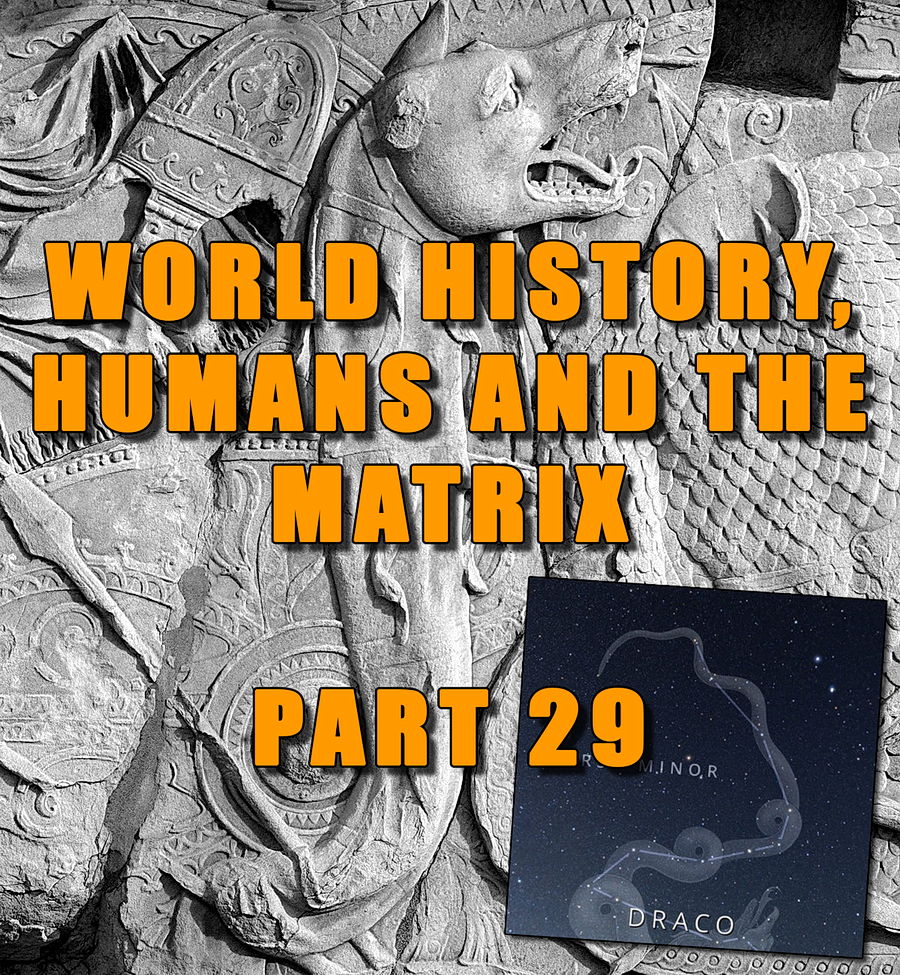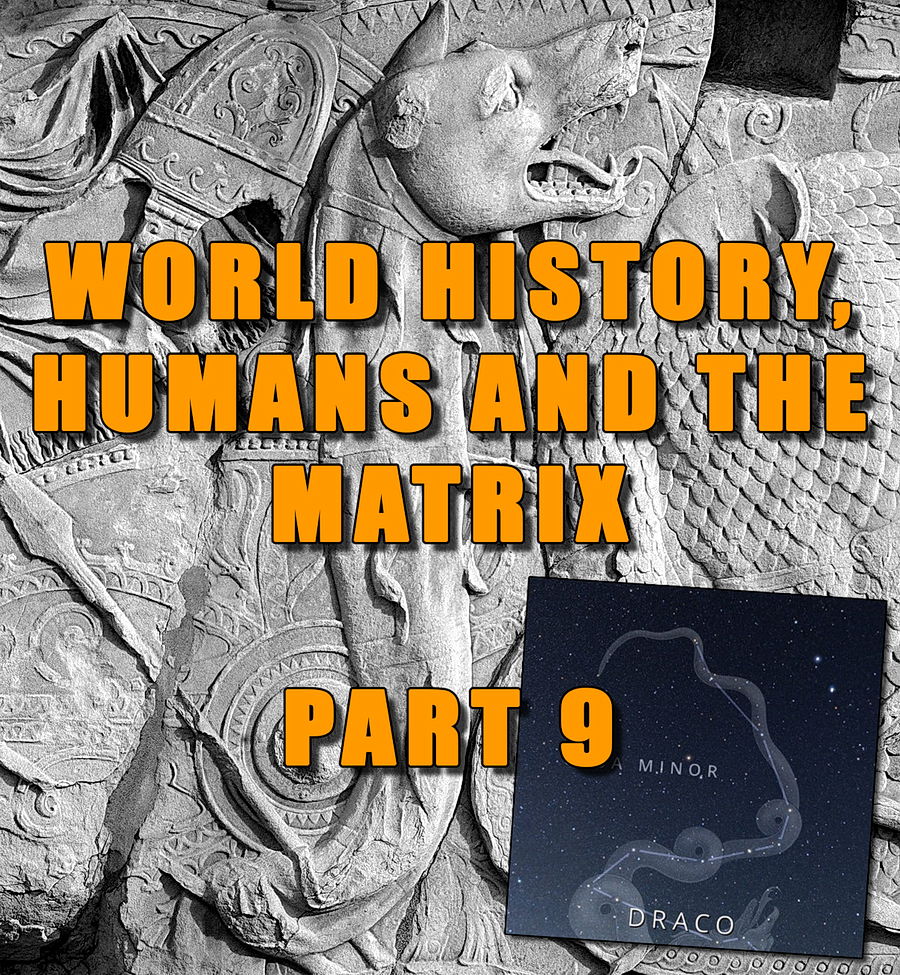World History, Humans and the Matrix Through the Lens of Legends – Part 29
In part 28, the power struggle for being emperor of the Roman Empire continued to escalate during the 300th century, all while the empire was attacked on several fronts by the Goths and the Palmyrene Empire.However, by 274 AD, emperor Aurelian managed to invade both the Palmyrene Empire of North Africa as well as Gaul and Britain in Western Europe, and reclaimed the old territories of the former Roman Empire.Aurelian also had the Temple […]
World History, Humans and the Matrix Through the Lens of Legends – Part 29 Read the Full Article »






